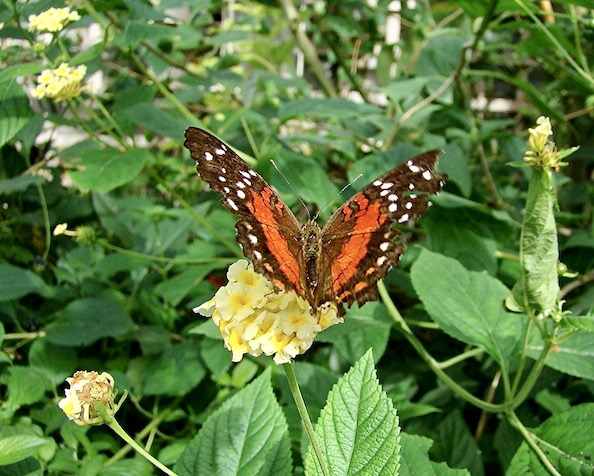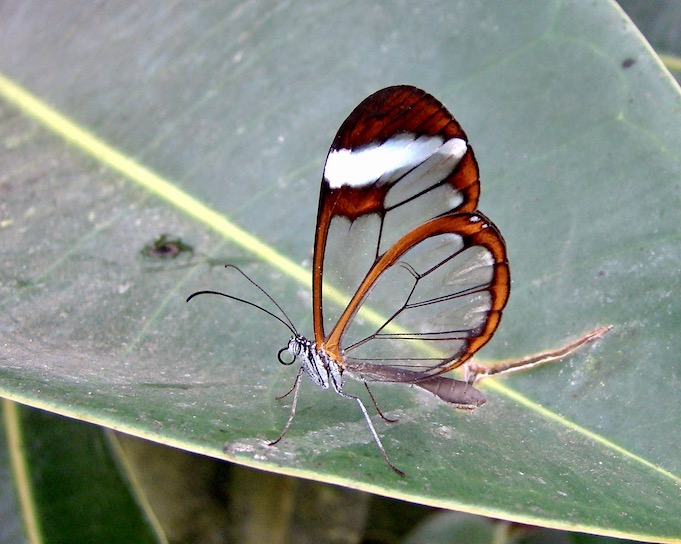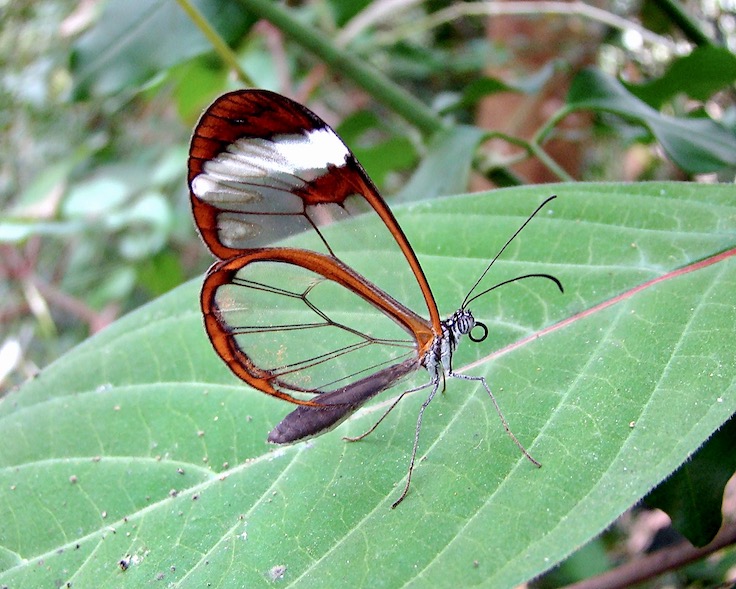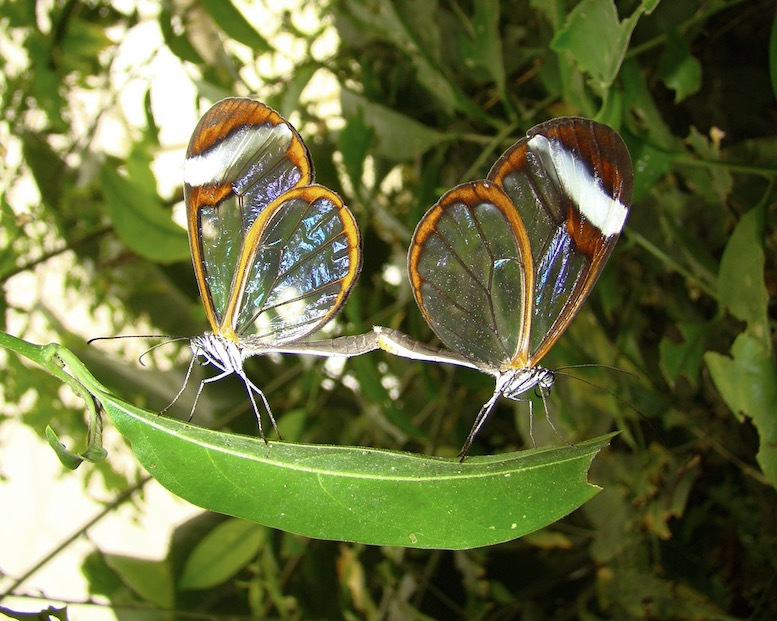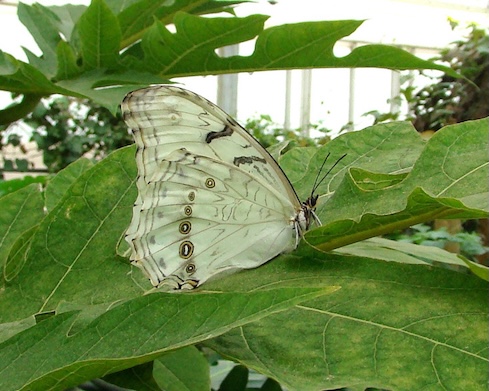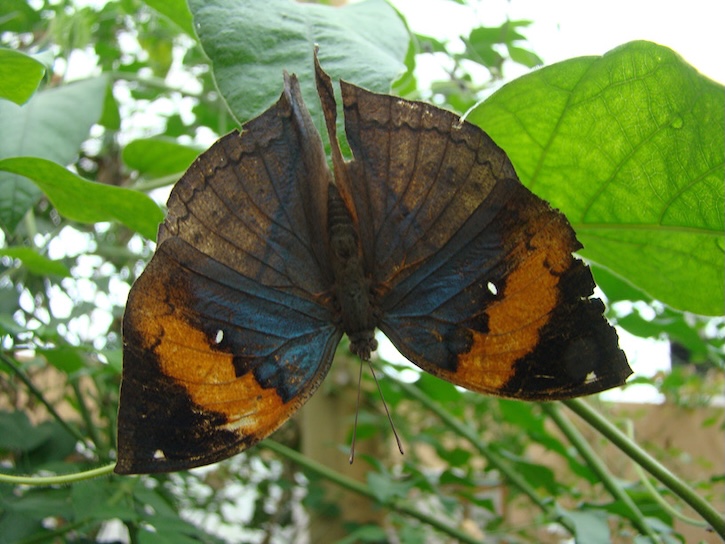I have called this section butterfly exotics. I then wondered why I had decided to call it that.
After all, if you'd been living on planet Zog and then saw red admiral and peacock, say,
for the first time, on Earth, you would surely think these were exotics.
They are exotic but they are regulars to our gardens and so maybe we take them for granted.
I think some butterflies get their exotic tag not only by being beautiful but also by being rather inaccessible.
Our saviours are the few Butterfly Houses in the UK that give the public a chance to see some of the species that
come from places like Costa Rica, the Americas, Australia etc.
For the majority of folk, these Houses offer the only way to see the wonderful species that live in these faraway countries.
And they usually have a selection of exotic moths as well. They give visitors the opportunity to take photographs without the
worry that the subject could fly off and not be seen again (as often happens in the wild). A few strides down the
pathway and there the butterfly is again. Maybe many of them. They can be viewed flying, mating, feeding, courting etc.
and so in a sense we are spoiled. The only slight problem being that these Houses are often very humid and the
camera may steam-up. But the positives far outweigh that inconvenience.
The tables offer a selection (or just scroll down).












